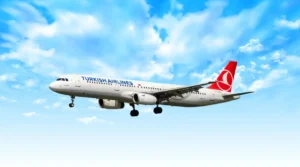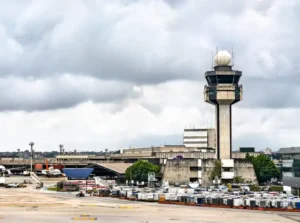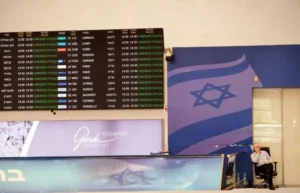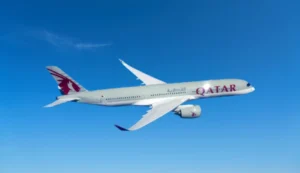Haneda Runway Conflict Alert System Under Scrutiny After Fatal Collision
A critical failure of Tokyo Haneda’s runway conflict alert system has been highlighted in a recent investigation, revealing that the system triggered false alarms, failed to prompt necessary actions, and lacked adequate procedural support from controllers. This led to a fatal collision between a Japan Airlines Airbus A350 and a Coast Guard Dash 8 on January 2, 2024, resulting in the destruction of both aircraft.

Photo Source: Euractiv
Investigations into the tragic collision at Tokyo Haneda airport between a Japan Airlines Airbus A350 and a De Havilland Dash 8 have brought to light serious concerns over the reliability of the airport’s runway conflict detection system. The Japan Transport Safety Board (JTSB) revealed that a conflict alert was activated for over a minute before the accident occurred on January 2, 2024. The system, designed to detect when taxiing aircraft cross the holding point of an active runway, had sounded an alert for runway 34R when a Coast Guard Dash 8 aircraft had crossed the C5 holding point while an A350 was nearing the runway.
However, controllers in Haneda’s east tower were hesitant to rely on the system due to its history of triggering false alerts. The warnings, intended to enhance safety, had previously been seen as overly sensitive, generating nuisance alarms even in cases where no real conflict existed. The system uses multilateration and radar data to detect aircraft positions, but its built-in safety margins sometimes caused false warnings, even when no runway overlap was imminent. This led controllers to dismiss alerts as non-critical, resulting in a lack of immediate action when the system alerted them to a potential conflict.
Despite the system functioning normally at the time of the accident, the lack of an audio alarm and the absence of clear procedures or regulations for responding to such warnings meant that no corrective action was taken. The investigation further highlighted that air traffic controllers were not fully trained in the principles of the conflict detection system, contributing to their failure to respond adequately to the alarm.
Tragically, only one of the five occupants of the Dash 8 survived, while all 379 passengers aboard the A350 were unharmed. Both aircraft were destroyed, marking the collision as one of the deadliest runway conflicts in recent memory.






